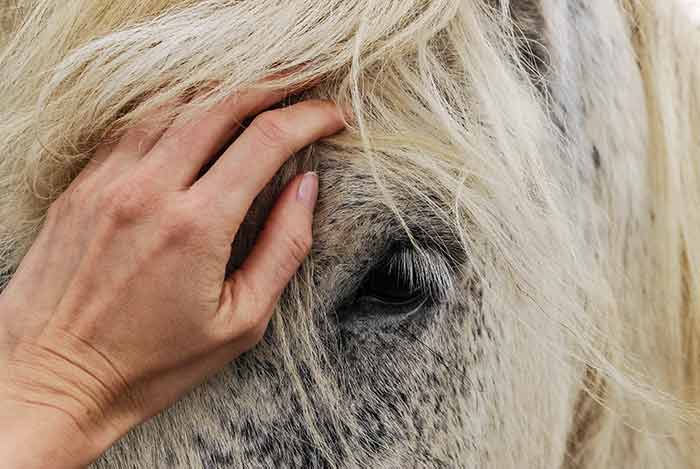What is equine therapy
Equine therapy involves patients and horses interacting to help people promote physical and emotional growth. The therapist will usually watch over sessions so they are able to observe physical and behavioural patterns.
Who it is suitable for
This type of therapy is great for a range of people that are suffering with differing issues. These include anxiety, autism, depression, cerebral palsy, traumatic brain injuries, behavioural issues and much more.
Why we use horses
Horses are known for their therapeutic aura. Looking after a horse helps calm and relax a person. It can also help reduce stress, blood pressure and improve general health. When it comes to equine therapy, there are a number of reasons as to why this is the animal of choice:
- As the horse is a large animal a lot of people can be scared of their size, so when working with horses it’s a sense of achievement and empowerment when they gain its trust.
- Horses are herd animals so naturally love being in company and are very social animals. They’ll create a connection with a person when they are ready.
- Horses are able to read body language and behaviour and mirror a person’s emotions. For example, if a horse enters a negative space where you’re unhappy then they’ll be less inclined to interact. Alternatively, if they enter a space where you are welcoming and calm then the horse will usually respond… just as we would in a human environment.
- They’re beaming with their own personalities! As with people, every horse will have its own personality which helps you to get to know them and learn how to respond to them in different situations and moods.
All this instinctively helps with therapy as it can train a person to behave differently to get the horse to respond positively when in their company.
History of equine therapy
Equine therapy isn’t new, there’s evidence to show it’s been around since the Ancient Greeks. In 1946 it was used in Scandinavia after there was a breakout of poliomyelitis (polio) which can involve muscle weakness, usually of the legs. Liz Hartel suffered some paralysis from the disease but later went on to win a silver medal for dressage at the 1952 Helsinki Olympic Games. As a result, the medical and equine professions were alerted and soon therapeutic riding was used for rehabilitation.
 Types of equine therapy
Types of equine therapy
There are 4 types of equine therapy:
- Equine facilitated psychotherapy (EFP) – used for emotional and mental disabilities
- Equine facilitated learning (EFL) – this can be good for both children and adults offering emotional and social activities based on horse experience
- Therapeutic riding – horseback riding to help physical and emotional issues
- Hippotherapy – improves motor skills and sensory input of the patient
Benefits of equine therapy
There are many recognised physical and emotional benefits of equine therapy. Some emotional benefits include:
- Increased self-awareness
- Improved confidence levels
- Better social skills
- Empowerment
- Patience
- Trust
- Learning to respond rather than react
- Anger management
On a physical level, children with cerebral palsy of all levels will see benefits such as increased strength, muscle control and balance.
There’s a range of different benefits for both physical and emotional aspects of therapy. Another reason it could work so well is due to the fact that people partaking don’t feel like they are in therapy. Working alongside horses, is for most, an enjoyable and calming experience.
If you’re lucky enough to be a horse owner, you should take a look at the Mayo Horse Comfort Stable Range of mattresses and provide your horse with the best comfort possible.


